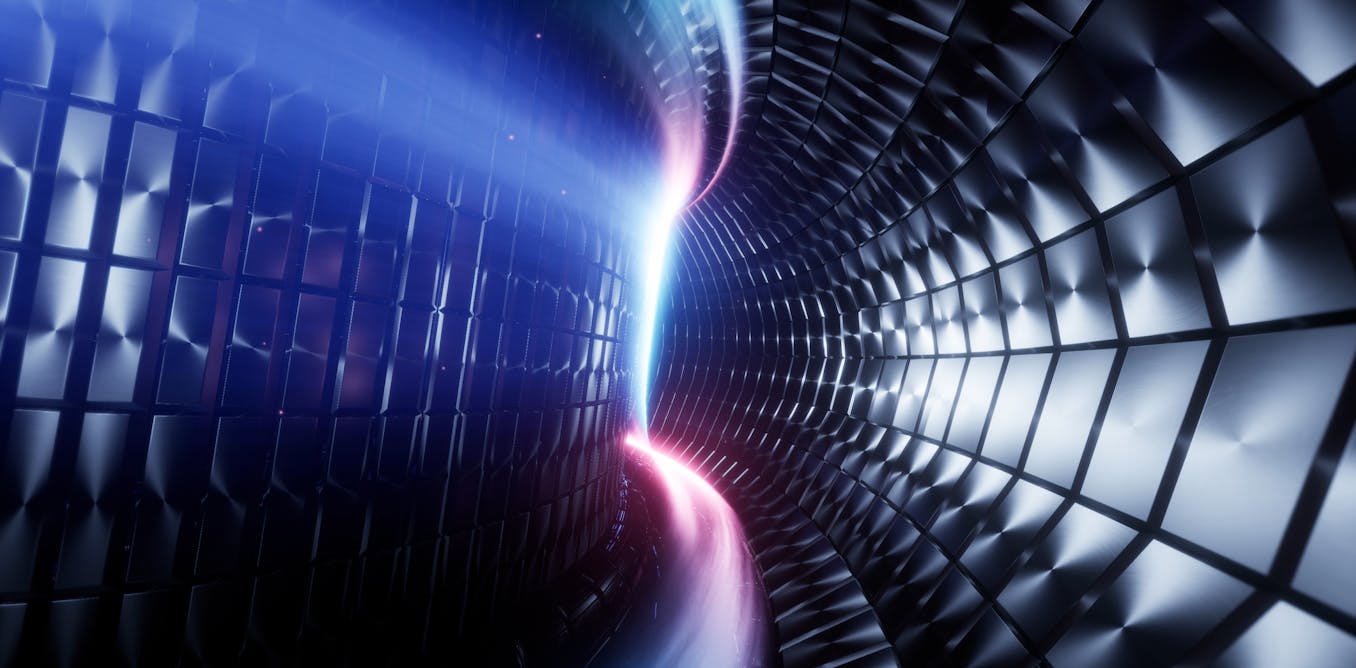nuclear power produces long-lived radioactive waste, which needs to be stored securely. Nuclear fuels, such as the element uranium (which needs to be mined), are finite, so the technology is not considered renewable. Renewable sources of energy, such as solar and wind power suffer from “intermittency”, meaning they do not consistently produce energy at all hours of the day.
fusion technologies have yet to produce sustained net energy output (more energy than is put in to run the reactor), let alone produce energy at the scale required to meet the growing demands of AI. Fusion will require many more technological developments before it can fulfil its promise of delivering power to the grid.



I think people still don’t understand what the problem is with fusion. The problem is not that it doesn’t work, it will work, and soon. The problem is that everyone seems to think fusion means cheap limitless energy, and that couldn’t be further from the truth. When fusion does finally work, it will be the most expensive form of energy available. That’s going to be a gamebreaker, right out of the gate.
So far, the only method we know of to guarantee that your reactor will be energy positive is to make it truly enormous. Let me tell you, going truly enormous is not a good way to keep costs down. But let’s say you just spent 8 years building a cutting edge fusion power plant and you want it to work smoothly. Well you better hire a large team of nuclear physics PHDs to keep that reactor working, they must be a dime a dozen, right? You’ll need them for all the maintenance of your cutting edge reactor, get ready for those maintenance costs to mount up. And be prepared to continue paying for all your staff and facilities even while the reactor is (frequently) power down for maintenance.
Also, you do have an economical way to dispose of nuclear waste right? Because fusion reactors are probably going to generate a significant amount of nuclear waste… That’s one of the side effects of actually turning the high energy particles released by the reactor into heat. Those free protons and neutrons get absorbed by a physical shield around the reactor called the blanket. That blanket becomes radioactive over time and needs to be replaced. Congratulations, your clean fusion energy is now producing radioactive waste, and your back to the exact same problems we have with fission.
My advice, keep using the nuclear energy we understand really well at this point, fission. Also, renewables and storage are already a cheaper solution to do exactly the same thing fusion will eventually do. I’m certain that fusion will be a fantastic technology for large spacecraft someday, but I make no promises it will ever become the first choice for general terrestrial power generation.
Fusion does not produce nuclear waste.
It does, it produces low and intermediate level waste, the waste decays over about a hundred years, not thousands. So it’s better, but still an issue requiring management.
Your comment doesn’t stand up. It seems you’ve got something against fusion energy for some reason.
On cost: it’s a best guess, since we don’t yet have a working fusion reactor. The error bars on the cost estimates are huge, so while it is possible fusion will be more expensive, with current data you absolutely cannot guarantee it. Add to that the decreasing costs as the technology matures, like we’ve seen in wind and especially solar over recent decades.
On nuclear physics PhDs: that’s no different to any energy generation, you need dozens of experts to build and run any installation.
On waste: where are you getting this info on the blanket? The old beryllium blanket design has been replaced with tungsten and no longer needs to be replaced. The next step is to test a lithium blanket which will actually generate nuclear fuel as the reaction processes.
This is the important fact that you have omitted, for some reason.
And that is why it’s so important this technology is developed. It’s incredibly clean and, yes, limitless.
As for your advice, there was a time not long ago when we didn’t understand how to build fission plants either, and it cost a lot of time and money to learn how. I wonder if people back then were saying we should just stick to burning coal because we know how that works.